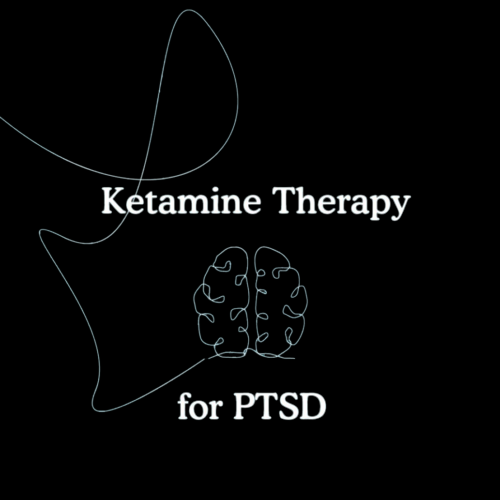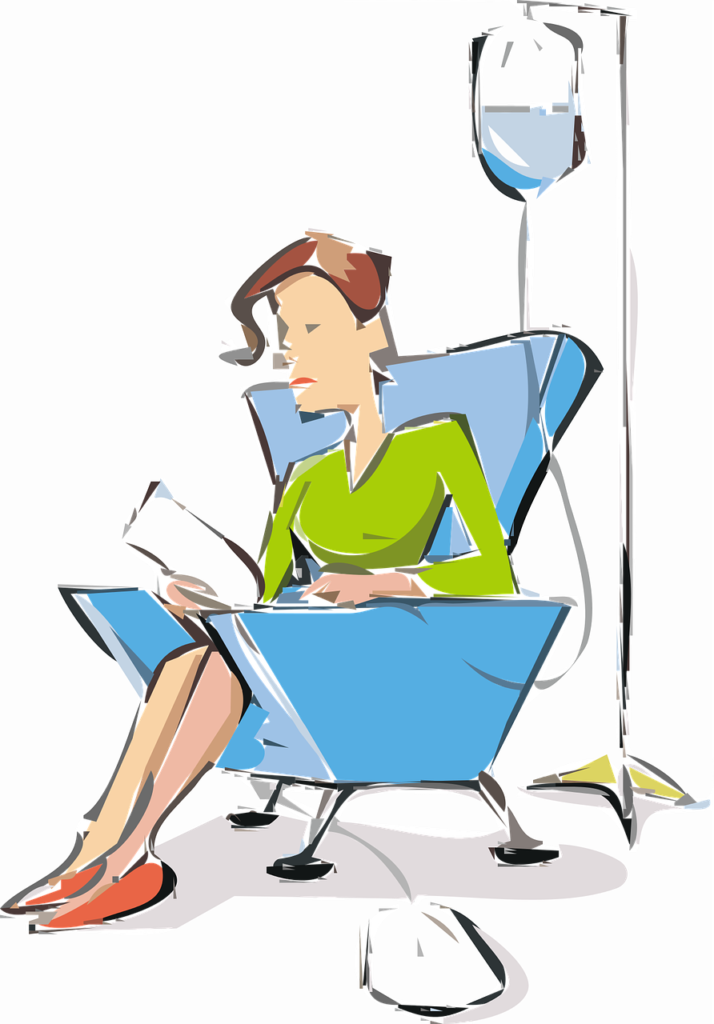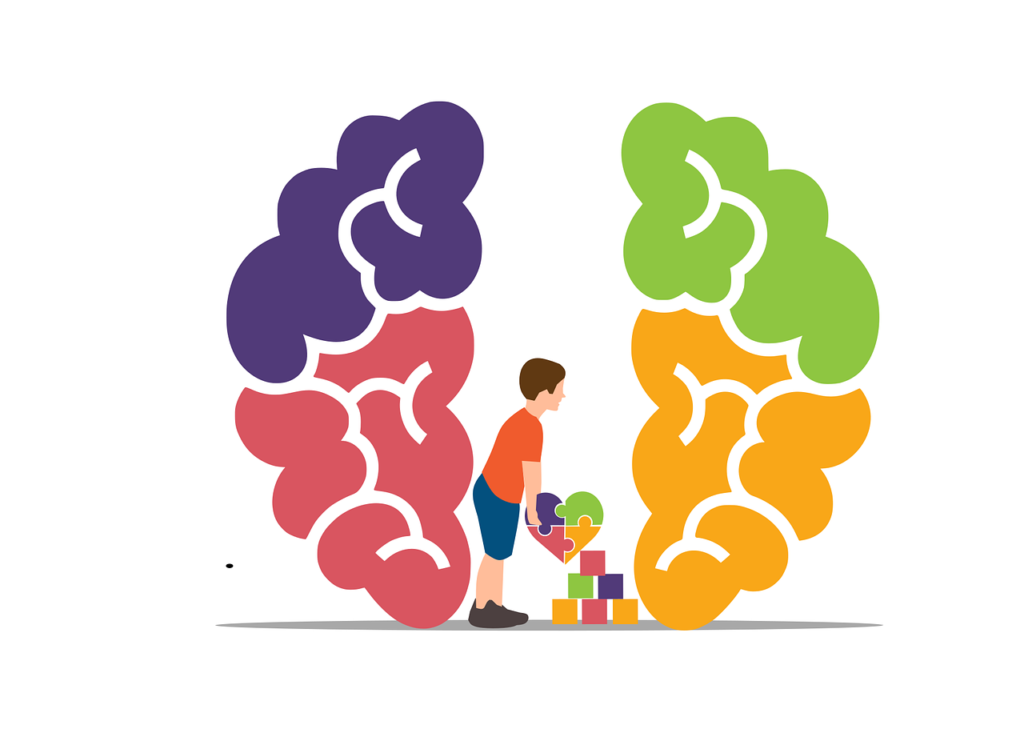A type of psychological treatment called cognitive behavioral therapy (CBT) has shown promise in treating a variety of issues, such as serious mental illness, eating disorders, marital issues, anxiety disorders, depression, and difficulties related to alcohol and drug use. Several studies indicate that cognitive behavioral therapy (CBT) aslo improves functioning and quality of life significantly. CBT has been shown in numerous trials to be just as effective as or even more effective than psychiatric drugs or other types of psychological therapy.
What is cognitive behavioral therapy (CBT)?
Cognitive behavioral therapy (CBT) is a successful therapeutic method for treating a variety of emotional and also for mental health conditions, such as depression and anxiety.
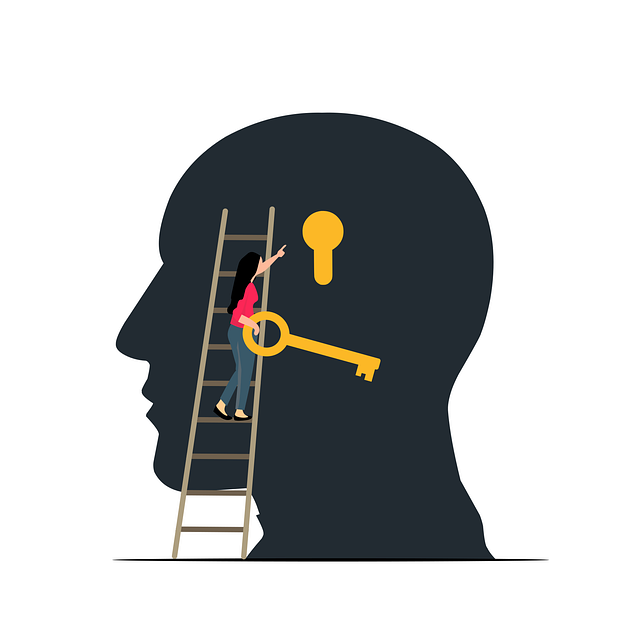
Cognitive behavioral therapy CBT seeks to teach you useful self-help techniques as well as how to recognize and aslo confront harmful beliefs. Your quality of life will improve immediately with the help of these tactics.
Anyone who needs assistance challenging negative ideas that are keeping them from achieving their goals or leading the life they want can benefit from cognitive behavioral therapy (CBT).
CBT seeks to demonstrate how much your thoughts impact your emotions. It educates you to have less pessimistic thoughts about your life and yourself. It is predicated on the knowledge that, much like any other habit, negative thinking is one that can be broken.
Cognitive behavioral therapy useful
For the treatment and management of a variety of mental health issues and emotional difficulties, cognitive behavioral therapy is an invaluable resource. CBT is available to people of various ages, even young ones.
CBT is used by psychologists and also therapists to address a variety of mental health issues, such as:
- Depression.
- Fear and anxiety.
- OCD, or obsessive-compulsive disorder.
- PTSD stands for post-traumatic stress disorder.
- ADHD stands for attention deficit/hyperactivity disorder.
- Fears.
- Diseases of personality.
- Eating disorders, such as binge eating disorder, anorexia, or bulimia.
- Both alcohol and substance use disorders.
CBT is helpful in treating schizophrenia and bipolar illness when paired with medication.
Research have demonstrated that CBT is useful in the treatment of non-psychological medical disorders, such as:
- Sleeplessness.
- Fibromyalgia and additional reasons for persistent pain.
- Syndrome of chronic weariness.
- Headaches.
- Syndrome of the irritable bowel (IBS).
CBT can assist people in overcoming obstacles in daily life as well as transitions in life. You could look for assistance with things like:
- Relationship problems.
- Separation.
- Issues at work.
- Sadness.
- Getting used to a new medical condition or stage of life.
- Stress and challenges with coping.
Cognitive behavioral therapy techniques
The core idea of cognitive behavioral therapy (CBT) is that your mental processes influence your feelings, which can then influence your actions.
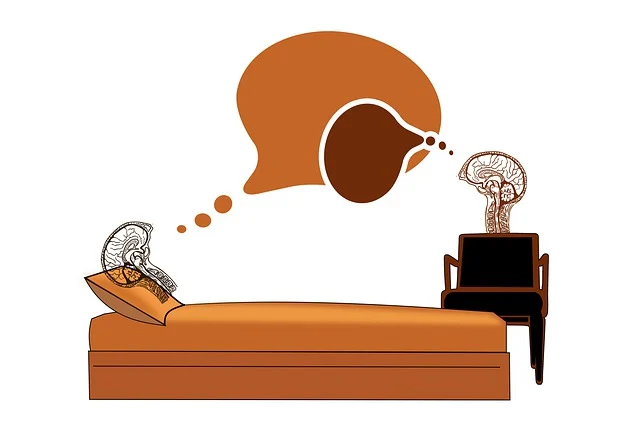
For example, CBT emphasizes how unfavorable ideas can result in unfavorable emotions and behaviors. Rephrasing your thoughts to be more constructive, however, might result in happier emotions and constructive actions.
You will learn from your therapist how to make immediate adjustments. You can employ these abilities for the remainder of your life.
CBT can be approached in a variety of ways, depending on your goals and the issue you’re trying to solve. Whichever strategy your therapist uses, it will include of:
- naming certain concerns or challenges that you face on a daily basis
- recognizing the negative effects of your thought habits and how to change them
- recognizing negative thoughts and modifying them to alter your feelings
- gaining knowledge about and practicing new behaviors
There are nine techniques used in cbt are following:
1. Reframing or cognitive restructuring
This entails examining negative thought patterns closely.
Maybe you’re one of those people who tends to overgeneralize, assume the worst, or give too much weight to little things. This kind of thinking can influence your actions and possibly turn into a self-fulfilling prophesy.
In order to help you recognize harmful habits, your therapist will inquire about your mental processes under certain circumstances. You can learn how to rephrase those ideas to be more constructive and upbeat once you’re aware of them.
For instance, “I blew the report because I’m totally useless” can be changed to “That report wasn’t my best work, but I contribute in many ways as a valuable employee.”
2. Directed exploration
During guided discovery, the therapist will become familiar with your perspective. They will then pose queries meant to make you reevaluate your assumptions and widen your perspective.
It’s possible that you’ll be asked to provide both evidence that confirms and contradicts your assumptions.
You’ll get the ability to view things from a variety of angles during the process, particularly ones you might not have before. This can direct you toward a more beneficial course.
3. Exposure therapy
Fears and phobias can be faced via exposure treatment. Your therapist will gradually introduce you to the things that make you feel afraid or anxious while offering you advice on how to handle them at the time.
Small steps can be taken in this direction. Exposure eventually has the power to reduce feelings of vulnerability and increase self-assurance in your coping skills.
4. Keeping a notebook and thought logs
Writing is a tried-and-true method of connecting with your own ideas.
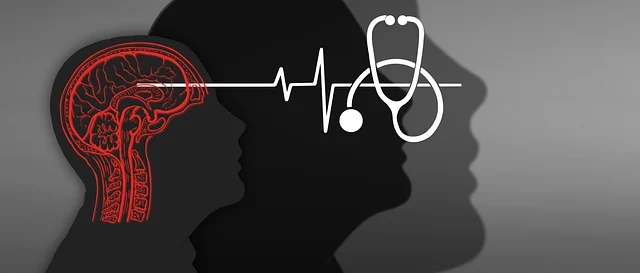
In between sessions, your therapist can urge you to write down any negative thoughts that came to mind, along with any alternative positive ideas you’d want to consider.
Recording the new ideas and actions you’ve adopted since the prior session is an additional writing task. Putting it down on paper can assist you in recognizing your progress.
5. Scheduling activities and triggering behaviors
Putting an activity on your calendar can assist if it’s something you frequently avoid or put off because of fear or worry. After the decision-making load is removed, you could be more inclined to carry it out.
Organizing your activities can help you form positive habits and provide you plenty of chances to implement what you’ve learned.
6. Experiments on behavior
Behavioral experiments are commonly employed in the treatment of anxiety disorders characterized by catastrophic thinking.
also You are going to be asked to make predictions about a task that usually causes you anxiety before you even begin. You will discuss whether or not the prediction came true later.
You may eventually come to the conclusion that the apocalyptic event is not likely to occur. You’ll probably begin with less stressful activities and work your way up from there.
7. Methods for reducing stress and relaxing
You might learn certain progressive relaxation techniques in CBT, like:
- Practices for deep breathing,
- relaxing muscles,
- visualization
You’ll pick up useful skills that will help you feel more in control and less stressed. Dealing with phobias, social anxiety, and other pressures can benefit from this.
8. Acting out
You can practice various behaviors in potentially challenging situations by role-playing. Imagining potential outcomes can help reduce worry and be utilized for:
- enhancing one’s ability to solve problems
- obtaining comfort and
- self-assurance under specific circumstances
- putting social skills into practice
- Training in assertiveness enhances communication abilities
9. Approximation in succession
This entails taking large projects and dividing them into smaller, more manageable pieces. Step by step, you build confidence as you proceed by building upon the prior steps.
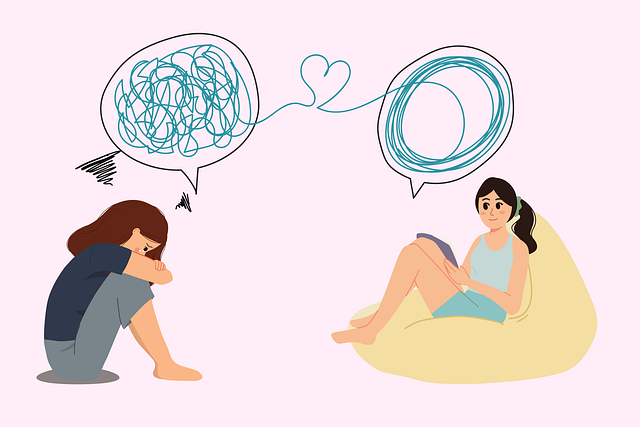
The three goals of Cognitive Behavioral Treatment
Because of his research on the human psyche and his development of the idea of the “automatic negative thought,” Aaron Beck is commonly recognized as the creator of cognitive behavioral therapy in the 1960s. According to the theory of automatic negative thought, patients repeatedly receive a trigger and revert to their negative thought pattern. This inevitably results in damaging behavior toward oneself.
1.Developing Problem-Solving Capabilities
The majority of the time, poor problem-solving and healthy coping mechanisms lead to addiction. For instance, someone may turn to drugs or alcohol if they are stressed out or anxious. This can result in addiction, which has a host of negative effects. The main goals of cognitive behavioral therapy are to help patients develop problem-solving techniques and more constructive coping mechanisms.
This does not imply unwavering optimism or the declaration that everything will work out. The concepts of cognitive behavioral therapy encourage sound, impartial thought processes. It’s also not about avoiding issues; rather, it’s about resolving them in a way that strengthens the individual rather than sending them back into the same destructive patterns.
2.Adapt And Modify Adverse Thought Patterns
The main goal of cognitive behavioral therapy is to help people change their unfavorable thought habits. Psychotherapists will attempt to comprehend the patient’s thought process in the face of a stressful or upsetting circumstance. The next step will be to eliminate any factual contradictions in order to assist the patient in challenging those thought processes. An someone experiencing social anxiety, for instance, might believe that everyone is chatting behind their backs when they stroll down the street.
An impartial observer would probably disagree with this. When a person with social anxiety is in an uncomfortable situation, therapy will enable them to think realistically. Patients will be instructed on how to alter these thought patterns.
3. Returning To Your Daily Schedule
Individuals who are thinking about enrolling in a program for cognitive behavioral therapy probably find it difficult to stick to a productive daily schedule. It’s conceivable that their problems have gotten to the point where they are unable to continue operating at their peak level every day. This is particularly true for those who are actively struggling with addiction. The goal of treatment is to provide patients with the skills they need to resume their regular activities. They can regain a normal existence by employing their innate ability to change to alter their self-destructive beliefs and behaviors.
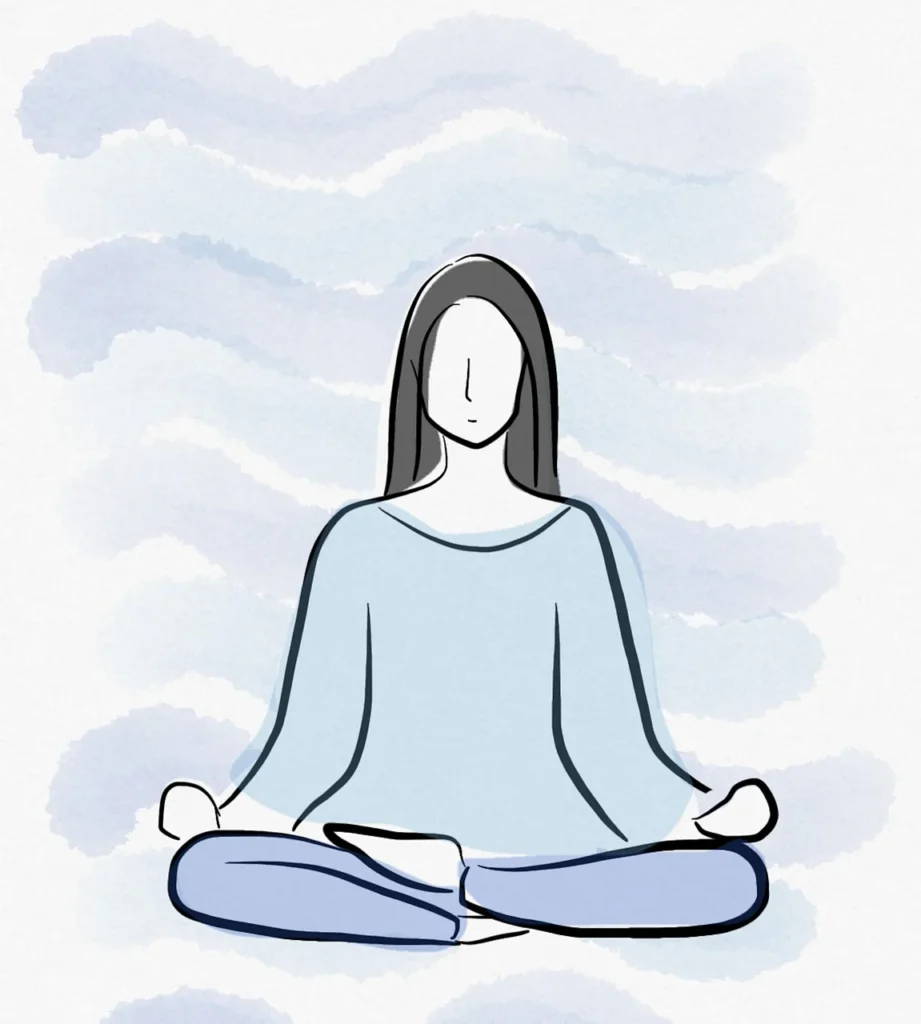
Cognitive Behavioral Therapy’s Restrictions
There are, however, some restrictions associated with cognitive behavioral treatment. Since this is a form of talking therapy, the patient must cooperate completely. A therapist’s role is limited to advice and assistance. Cognitive behavioral therapy should only be administered to patients who are totally committed to the course of treatment. This type of therapy is also much regimented. The program’s organized format might not be appropriate for people with learning disabilities or more severe mental health requirements. These programs are rigorous, and it is recommended that the participant set aside the time needed to complete the exercises.
It is advised that a patient work part-time while undergoing therapy in order to give the program their whole attention for the best outcomes. It is possible to manage cognitive behavioral therapy while working a full-time job, but it can be exhausting. Ultimately, the focus of the therapy is on an individual’s innate capacity to modify their ideas, emotions, and behavior. It is ill-equipped to handle more general concerns like familial troubles, which are outside the patient’s control.

